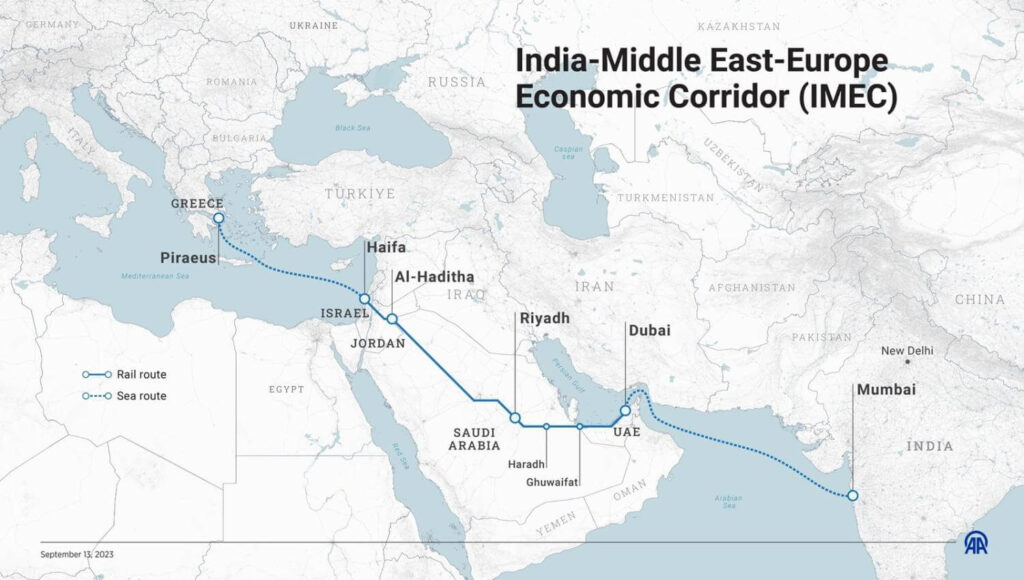Doing business in India is a complex game with rewards as high as the risks are. This blog post tries to do a quick evaluation of the same and sets the tone of your business travel.
A business needs three items smartly to manage its growth- Customers, Vendors, & Resources.
Customers signify product markets, Vendors mean goods and services required to run the businesses, and Resources include talent & capabilities.
Today, India, the fifth largest economy & still the fastest-growing one in the world, offers any business all three in abundance.
There is enough data and information on India.
Unless someone is living under a rock, one has to put in a lot of effort to ignore India today.
As things look today, ignorance today will not remain bliss tomorrow.
There are challenges as they exist elsewhere, but the opportunities are immense, and if one is an early bird, catching a worm will be child’s play.
With this background, let us quickly scan the landscape and try to understand the attractiveness of the Indian market and weigh it against the risks associated with doing business here.
Top 6 Opportunities of doing business in India
1: Indian Population & Its Rising Middle Class

Being the most populous nation has its challenges, but as of today, India is reaping the demographic dividend because of this and because of this, the market attractiveness of the Indian market is rated very high amongst the top multinations.
66% of its population is under the age of 35 years, which makes it 900 million youths.
It means massive opportunities in the consumer sector.
Gone are the days when India was the land of only Maharajas and peasants, with a void in between.
Since 1994, with so many jobs and emerging venture opportunities, the Indian middle-income class has been rapidly growing.
These customers require housing, consumer goods and services, healthcare and finance products.
People with high disposable income offer attractive consumption potential to international companies in many sectors.
2: Human Resources in India
Indian society places a high premium on education.
Over the years, it has produced a large pool of skilled, English-speaking talent in many industries, including technology, business management and finance.
It offers a crucial strategic advantage to international companies looking to expand their presence in India or to outsource operations from India.
3: Indian Tech Sector

The availability of top talent, especially in the tech and engineering fields and their language proficiency play a crucial role in making India a hub of technology and innovation.
The booming startup sector is, in turn, attracting high-table finance.
India is probably the only country where the economy is turning digital at the street level.
UPI has not just become a widely accepted payment system in India; it is now available in many other countries
This phenomenon has opened newer opportunities for e-commerce, fintech, and digital services.
4: Indian Government Initiatives

The Indian government is putting in a lot of effort to boost the Indian economy through various efforts and by creating a framework to facilitate the ease of doing business in India.
Its many flagship programs, like Make in India and Startup India, have created opportunities for Indian & foreign companies through monetary incentivization and other developmental support.
5: India’s Geographical Location

Apart from establishing their back offices here, many international firms are moving up the value chain by making India their regional centre to focus on the South Asian markets from here.
India’s geographical position makes it possible.
With ports on its east and west coasts, a vast rail & road network, and air connectivity within India and the leading airports worldwide, India offers a seamless flow of goods.
A deeply entrenched, low-cost internet allows an even smoother flow of information.
With better living standards and growing expat populations, India offers a comfortable stay to international executives visiting the country.
India has more than 600 trade shows and equal numbers of conferences that help visitors interact and network with delegates and exhibitors to explore opportunities.
6: Cost of Operations
Despite all that is available here, India’s superpower lies in the cost advantage that it offers, be it in human resources or infrastructural expenses.
It ensures that firms run very efficient operating businesses. A great cashflow situation due to low cost can be the biggest advantage of doing business in India.
One can use these advantages to run their India operations, set up their back offices, or be based here and go global.
Where there are Opportunities, there are Challenges, or Threats, if you will.
Remember the SWOT analysis of Albert Humphrey?
So, let us list down some risks of doing business in India.
Top 6 challenges of doing business in India
1: Regulatory Environment in India
The biggest hurdle any international firm faces in India is its legacy bureaucratic and regulatory framework & a snail-paced justice delivery mechanism. It is complex, layered (central, state and municipal), and so intricate that an external entity can’t operate without local help. Many governmental plans have fully or partly failed in their objectives of making it easy for the firms for doing business in India at the execution and resoltion level.
2: Cosumer Diversity in India
India is a country with more than 120 languages and around 20,000 dialects. The cultures, subcultures, religions, and caste equations influence people and motivate them to act in a particular way at their workplaces. It requires a lot of insight and sensitivity to deal with issues that emerge from this complexity.
3: Collective Political Ideology
Even if the Central & various state governments are promoting Ease of Doing Business in India and incentivizing firms, Indian as well as International, to set up their offices here, the Indian society at large is socialist in their mindset.
It is also a legacy trait promoted and romanticized by past thought leaders, be it the intellectual class or Bollywood. Even today, most local political bodies use the socialist card to establish themselves, which sometimes harms the industry.
The good news is that things are changing fast. Even if it is slow in some pockets, there is a way around it, but it is not easy for a rank outsider to crack it.
4: Complex Indian Market
Many consumer firms arrive at the Total Addressable Market calculation by simply taking the total Indian population and multiplying it with some target audience segmental factor. It makes them excitable. That is the biggest blunder anyone can commit. As with everything else, even the tastes and preferences of Indian consumers are layered and varied.
Many consumer brands have burnt their fingers with this approach and have left India lock stock and barrel.
One should study Kellogg’s case study to understand how they stayed put, unlearned and adapted before turning profitable.
5: Cultual Differences
A foreigner might find many transactional-level issues shocking and unacceptable.
Hygiene standards or their different interpretations, time management, and cultural nuances are a few areas that can make someone very uncomfortable to start with.
6: Infrastructural Challenges
While the top three cities of India have all the facilities and infrastructure needed to run a successful global business, the rest of India is still developing. Tier 3 and 4 towns are way behind. Many of them lack quality public transportation, lodging arrangements and sanitation standards. Many states still can’t ensure an uninterrupted 24-hour electrical supply to the industry.
There is no question that India is a land of opportunities for the future. Equally important is that firms and individuals need to adapt before they start reaping the benefits.
Businesses who approach it with an open mind and a proactive strategy will find it a rewarding destination.




